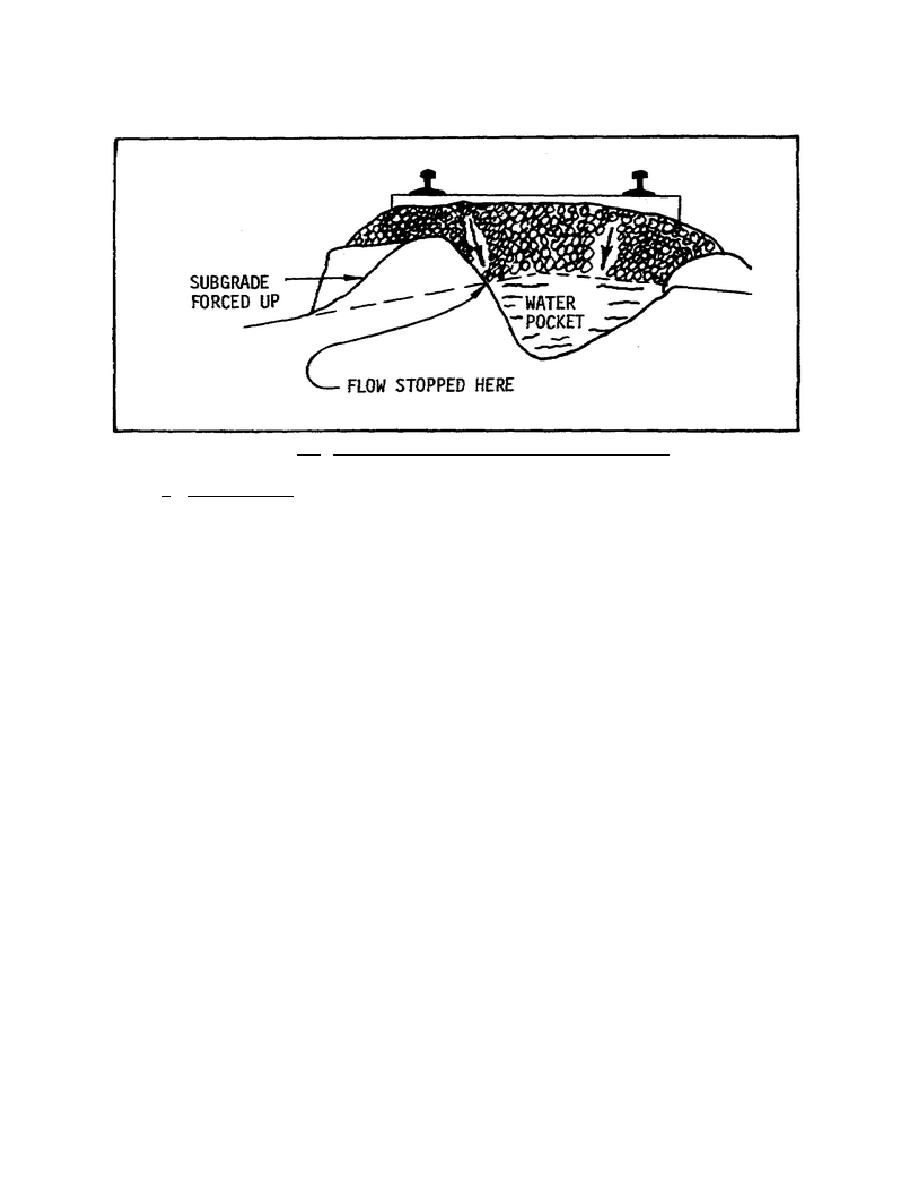
Figure 2.4. Drainage Obstructed When Subsoil Forced Up
b. Water pockets. Continually adding ballast under pumping ties eventually results in
large accumulations of porous ballast deep in the roadbed, sometimes to a depth of several feet,
surrounded by subsoil that is impenetrable to water. As water collects in the porous material and
cannot drain out, a water pocket forms. Obviously, a water pocket does not offer the same
resistance to train loads as solid roadbed. Such variable support results in uneven track and
spongy roadbed. Adding ballast, a penetrable material, to the soft spots in an attempt to achieve
uniform support only increases the size of the water pockets and forces the subsoil up into the
ballast section, cutting off any possible drainage from the ballast. Water pockets can present
problems in deep cuts, in fills, under heavy traffic, and in freezing weather.
(1) In deep cuts. Water pockets commonly occur in deep cuts where adequate
drainage is extremely difficult to establish. Such cuts are known as wet cuts. Water pockets in a
cut result in reduced train speeds and extensive track maintenance.
(2) In fills. Water pockets can form in fills in spite of the ease of drainage normally
expected to prevent the pockets. In fills or embankments, water pockets are dangerous and are
economic liabilities. In an embankment, water pockets may cause the fill to fail just as a train
passes over the track. Here they could be caused by using a small amount of porous material in
proportion to a large mount of impenetrable soil in the original construction of the embankment.
(3) Under heavy traffic. Operating numerous heavily loaded trains over a line with
poor ballast is often the reason for
28



 Previous Page
Previous Page
